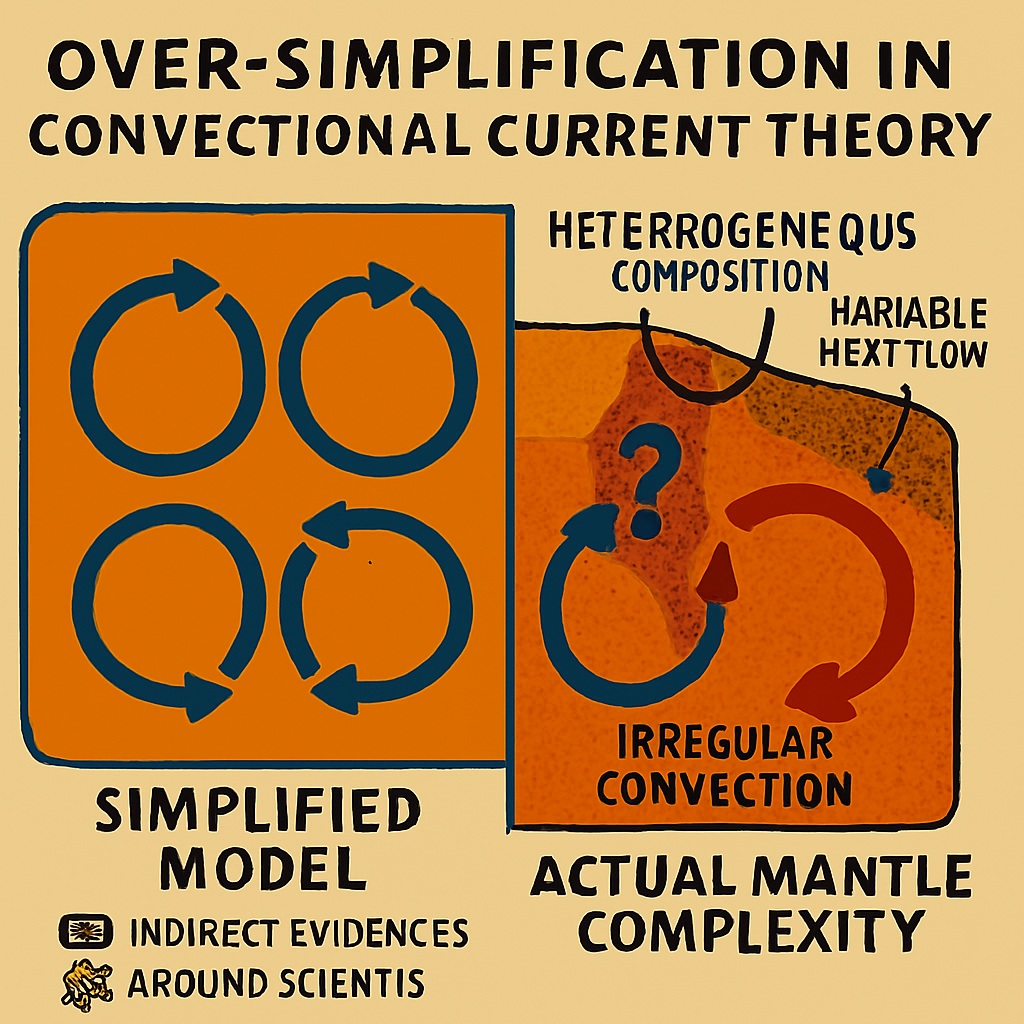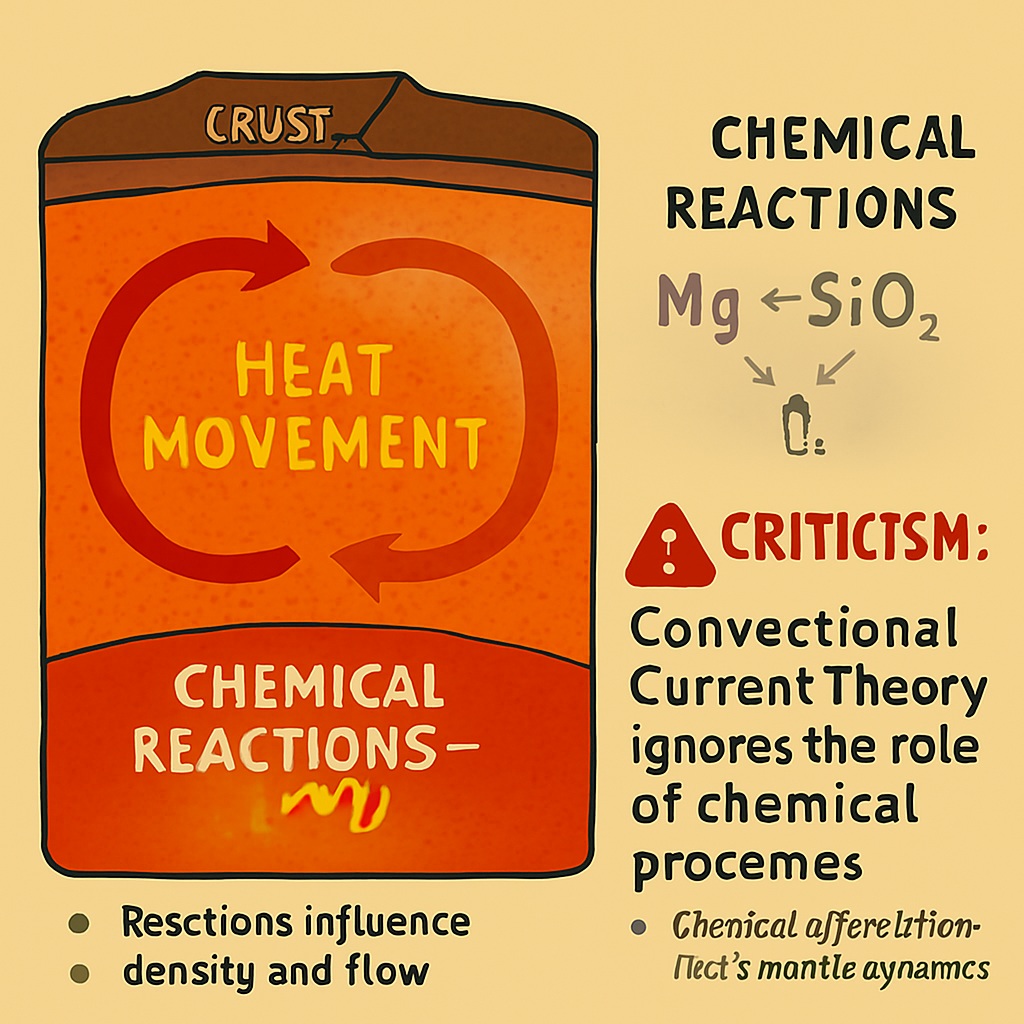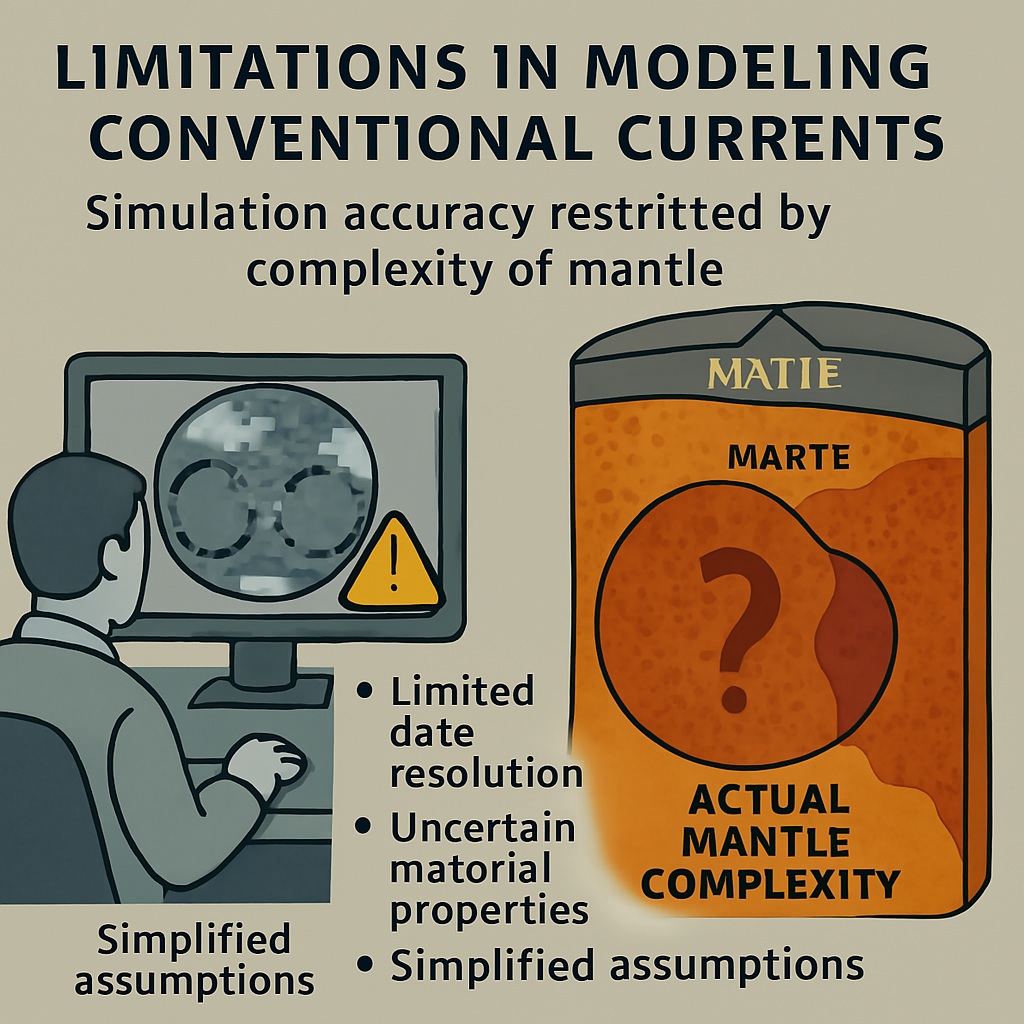The Convectional Current Theory, proposed by Arthur Holmes in the 1930s, was a groundbreaking concept that explained the movement of Earth’s tectonic plates. Holmes suggested that convection currents within the Earth’s mantle, driven by heat from radioactive decay, were responsible for the drifting of continents.

Table of Contents
Who proposed Convectional Current Theory?
The Convectional Current Theory, proposed by Arthur Holmes in the 1920s and further refined in the 1930s, was a groundbreaking concept in the field of geology. Holmes was among the first scientists to suggest that thermal convection currents within the Earth’s mantle are responsible for continental drift and plate movements. His theory laid the foundation for the modern theory of plate tectonics. The theory suggests that heat is transferred from the Earth’s core to its surface through convection, a process by which hot material rises, while cooler material sinks.
Historical Context
Arthur Holmes proposed the Convectional Current Theory in the early 20th century, at a time when geologists were still struggling to understand the nature of the Earth’s interior. The accepted view at the time was that the Earth’s interior was made up of a solid core, surrounded by a layer of molten rock, and a solid crust on the surface. However, this view could not explain the heat flow from the Earth’s interior to its surface, which was observed through volcanic activity and geothermal phenomena.

Holmes proposed that the Earth’s interior was not a static, unchanging mass, but rather a dynamic system in which heat was continuously transferred from the core to the surface. He based his theory on observations of the movement of molten rock within the Earth’s mantle, as well as on experiments with materials under high pressure and temperature.
Explanation of Convectional Current Theory
According to Convectional Current Theory, the Earth’s mantle is composed of hot, molten rock that is constantly in motion. This movement is driven by the transfer of heat from the Earth’s core to its surface. Hot material from the core rises towards the surface, while cooler material from the surface sinks towards the core, creating a continuous cycle of motion.

This movement is facilitated by the fact that hot material is less dense than cooler material. As hot material rises towards the surface, it cools and becomes denser, eventually sinking back towards the core. This process of rising and sinking creates convectional currents within the Earth’s mantle, which are responsible for the transfer of heat from the core to the surface.
Significance of Convectional Current Theory
Conventional Current Theory has had a significant impact on our understanding of the Earth’s interior and its geological processes. It has helped explain a wide range of phenomena, including volcanic activity, earthquakes, and the movement of tectonic plates.
Volcanic Activity
One of the most significant implications of Convectional Current Theory is its ability to explain the volcanic activity. Volcanoes are formed when molten rock, or magma, rises to the surface and cools, solidifying it into igneous rock. According to Convectional Current Theory, this magma is created by the heat transferred from the Earth’s core to its surface through convectional currents. The magma rises towards the surface, eventually erupting as lava.

Earthquakes
It also helps explain earthquakes, which are caused by the movement of tectonic plates. These plates are in constant motion, driven by the convectional currents within the Earth’s mantle. As the plates move against each other, they can become locked, creating pressure that builds up until it is released in the form of an earthquake.
Movement of Tectonic Plates
The Theory also provides an explanation for the movement of tectonic plates. The convectional currents within the Earth’s mantle create a flow of material that can move these plates in different directions. This movement can create various geological features, such as mountains and ocean basins.
Criticism of Convectional Current Theory
Like any scientific theory, Convectional Current Theory has faced criticism and challenges over time.
- Lack of Direct Evidence: One of the main criticisms of Convectional Current Theory is that there is no direct evidence of convection currents within the Earth’s mantle. While there have been numerous indirect observations and measurements that support the theory, there is still no direct way to observe the convectional currents within the Earth’s mantle.

Criticism of Convection Current Theory - Over-Simplification: Another criticism of Convectional Current Theory is that it may oversimplify the complex processes occurring within the Earth’s mantle. The theory assumes a homogenous mantle and uniform convection currents, whereas the actual mantle is likely more heterogeneous and the convectional currents more complex.

Convection Current Theory assumes uniform mantle - Ignoring the Role of Chemical Reactions: Convectional Current Theory focuses solely on the movement of heat within the Earth’s mantle, ignoring the role of chemical reactions that occur within the mantle. These chemical reactions can have a significant impact on the Earth’s geological processes, and some scientists believe that they should be considered in any complete model of the Earth’s interior.

Convection Current Theory ignores chemical reaction inside Earth - Limitations in Modeling: Computer models used to simulate convectional currents within the Earth’s mantle have limitations in their accuracy due to the complexity of the mantle’s structure and composition. These limitations make it challenging to simulate the convectional currents accurately and therefore, some scientists believe that the theory may be incomplete.

Limitation of Modeling of Convection Current Theory - Inadequate Explanation of Plate Tectonics: While Convectional Current Theory can explain the movement of heat within the Earth’s mantle, it may not fully explain the mechanics of plate tectonics. Some scientists believe that other factors, such as the chemical composition of the mantle and the strength of the Earth’s lithosphere, are also critical in understanding plate tectonics.
Conclusion
In conclusion, while Convectional Current Theory has provided valuable insights into the Earth’s interior and geological processes, it is not without its criticisms and limitations.
Read: Geography Notes



